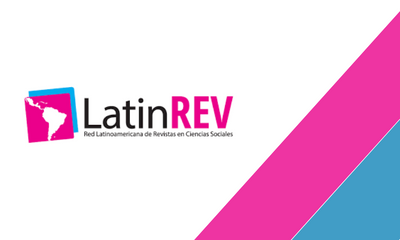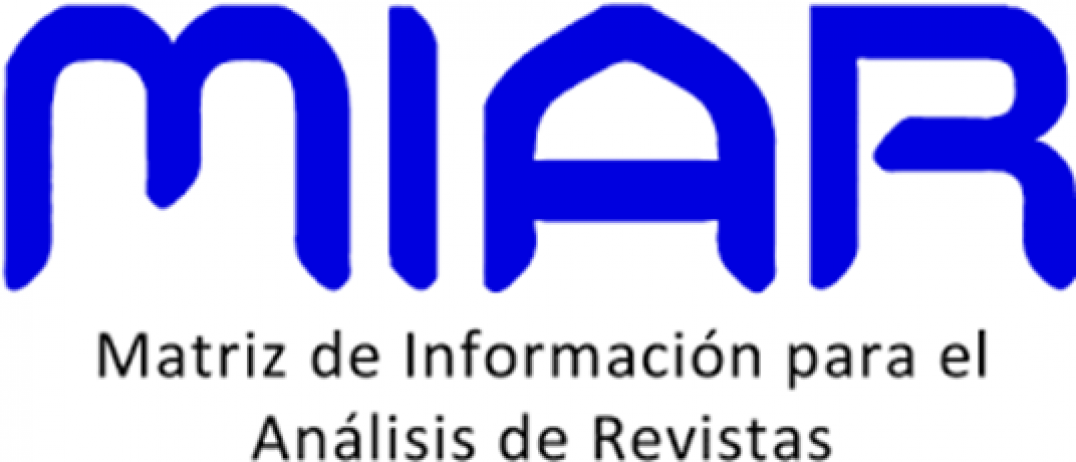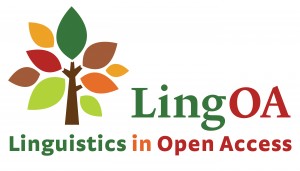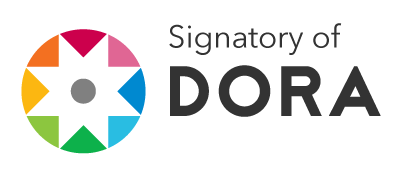Project Erasmus Mentors: an experience of mentorship and SFL teaching
DOI:
https://doi.org/10.32870/vel.vi20.187Keywords:
Intercultural competence, Erasmus, Spanish as a Foreign Language (SFL), Teacher's trainingAbstract
Intercultural competence is defined by the CEFR as one of those that is later worked on in the learning of foreign languages. Contact between peers from different cultures facilitates learning, by providing language, experiences, and a shared intercultural and generational universe. Implementing actions that strengthen and soften intercultural differences is, in the current environment, a need to the fore, and it reduces distances in such a way that inequalities are reduced, as required by the sustainable development goals.
This article narrates a project carried out in the second semester of the 2019-2020 academic year in the subject Spanish Lexicon and in 2020/2021 in Grammar of Spanish as a Foreign Language at the University of Zaragoza, Spain. Native Spanish students and a large percentage of foreign students from various backgrounds congregate there. Given that one of the purposes of this subject is to train future teachers of Spanish as a foreign language (hereinafter ELE), it was proposed to the students that each one freely “welcome and tutor” a foreign student during the four months of the course and in pairs to support each other in learning Spanish, putting into practice didactic activities seen in class. The student tutor would guide the student being tutored in the first steps of his/her immersion in a foreign country, saving the cultural distances typical of these beginnings.
As a result of this experience, we observed a strengthening of links between the students, an improvement and enrichment in the experience abroad by the invited students, as well as intercultural knowledge and knowledge in the early stages of learning ELE for native students. These are very valuable in the medium term, allowing them to act as teachers in a safe environment, where error is accepted as part of the teaching-learning process and cultural and interpersonal differences are positively addressed. The activity allows, finally, to turn cultural differences into a stimulus for learning.
Downloads
Metrics
References
Alsina, Miquel Rodrigo (1999). La comunicación intercultural. Barcelona: Anthropos Editorial.
Brimer, M. Ed., K. (2021). Correlations between Emotional Intelligence and Multiculturalism. Academia Letters, Article 1616. https://doi.org/10.20935/AL1616.
Byram, M. & G. Zarate (1994). Definitions, objectives, and assessment of socio-cultural competence. Strasbourg: Council of Europe.
Byram, M. (2009). “Intercultural Competence in Foreign Languages: The Intercultural Speaker and the Pedagogy of Foreign Language Education”. En D. Deardorff (Ed.), The SAGE Handbook of Intercultural Competence (pp. 321-332). Thousand Oaks: Sage.
Byram, M. y Fleming, M. (2001). Perspectivas interculturales en el aprendizaje de idiomas. Enfoques a través del teatro y la etnografía. Madrid: Edinumen.
Byram, M.; Gribkova, B. y Starkey, H. (2002). Développer la dimension interculturelle dans l’enseignement des langues. Une introduction à l’usage des enseignants. Strasbourg: Conseil de l’Europe.
Calderón Espadas, José Mario. Pensamiento y actuación de docentes de ELE en relación con la competencia intercultural en aulas plurales. <https://www.tdx.cat/bitstream/handle/10803/283757/JMCE_1de2.pdf?sequence=1>.
Consejo de Europa (2001). Marco Común Europeo de Referencia para las Lenguas: aprendizaje, enseñanza, evaluación. [Consulta: 24 junio 2021].: <http://cvc.cervantes.es/ensenanza/biblioteca_ele/marco/cvc_mer.pdf>
Deardorff, D. K. (2006). “Identification and Assessment of Intercultural Competence as a Student Outcome of Internationalization”. Journal of Studies in International Education, (10), pp. 241-266. [Consulta: 25 junio 2021]. Disponible en: http://www.tru.ca/__shared/assets/Identification-and-Assessment-InterculturalCompetence29342.pdf.
Crockett, L., Jukes, I. & Churches, A. (2011). Literacy is not enough: 21st-century fluencies for the digital age. Kelowna, B.C.: 21St Century Fluency Project.
del Moral Santaella, Cristina. “Conocimiento didáctico general para el diseño y desarrollo de experiencias de aprendizaje significativas en la formación del profesorado”. Profesorado. Revista de Currículum y Formación de Profesorado, vol. 16, núm. 2, mayo-agosto, 2012, pp. 421-452.
Delors, J. (1996). Los cuatro pilares de la Educación. La Educación encierra un Tesoro. Informe a la UNESCO de la Comisión Internacional sobre la Educación para el Siglo XXI. Ediciones UNESCO, Santillana. <http://www.unesco.org/education/pdf/DELORS_S.PDF>
Fantini, A. (2005). “About Intercultural Communicative Competence: A Construct”. World Learning Publications, (1), apéndice E. [Consulta: 22 junio 2021]. <http://digitalcollections.sit.edu/cgi/viewcontent.cgi?filename=4&article=1001&context=worldlearning_publications&type=additional>
García Santa-Cecilia, Á. (2002). “Bases comunes para una Europa plurilingüe: Marco común europeo de referencia para las lenguas”. En El español en el mundo. Anuario del Instituto Cervantes 2002. [Consulta_ 05 junio 2021]. Disponible en: <http://cvc.cervantes.es/lengua/anuario/anuario_02/garcia/p03.htm>
Instituto Cervantes (2006). Plan Curricular del Instituto Cervantes: niveles de referencia para el español. Biblioteca nueva: Madrid. [Consulta: 03 junio 2015]. en: <http://cvc.cervantes.es/ensenanza/biblioteca_ele/plan_curricular/default.htm>
Martí Contreras, Jorge (2017). El español como lengua extranjera. Castelló de la Plana (Espanya). Ed. Universitat Jaume I. DOI: <http://repositori.uji.es/xmlui/bitstream/handle/10234/168967/s126_impressora.pdf?sequence=2&isAllowed=y>
Olavarri González, Elena (2015). El desarrollo de la competencia intercultural en el aula de ELE a través del uso de imágenes, Univ. de Cantabria. DOI: <http://dx.doi.org/10.6035/Sapientia126>
Oliveras, Á. (2000). Hacia la competencia intercultural en el aprendizaje de una lengua extranjera. Estudio del choque cultural y los malentendidos. Madrid: Edinumen.
Paricio Tato, Mª Silvina (2014). Competencia intercultural en la enseñanza de lenguas extranjeras, Porta Linguarum 21, enero, 215-226.
Paris, S.C. y Winograd, P.W. (1990). “How metacognitive promove academic learning and instruction”. En B.J. Jones y L. Idol (Ed.), Dimensions of thinking and cognitive instruction. NJ. Lawrence Erlbaum Associates, pp. 15-51.
Saunders, M., Lewis, P. & Thornhill, A. (2012). Research Methods for Business Students, 6ª edición, Pearson Education Limited.
Solís, L. (2012). La enseñanza de la competencia intercultural en el aula de E/LE: Consideraciones didácticas para programas de inmersión lingüístico-cultural (PILC). Revista Nebrija de Lingüística Aplicada (2012) 11.
Trujillo, F. (2001). “Objetivos en la enseñanza de lenguas extranjeras: de la competencia lingüística a la competencia intercultural”. Comunicación presentada en el Congreso Nacional Inmigración, Convivencia e Interculturalidad. [Consulta: 14 julio 2021]. <http://www.ugr.es/~ftsaez/aspectos/objetivos.pdf>
Van Ek, J.A. (1986). Objectives for Foreign Language Learning. Volume I: Scope. Estrasburgo: Consejo de Europa.
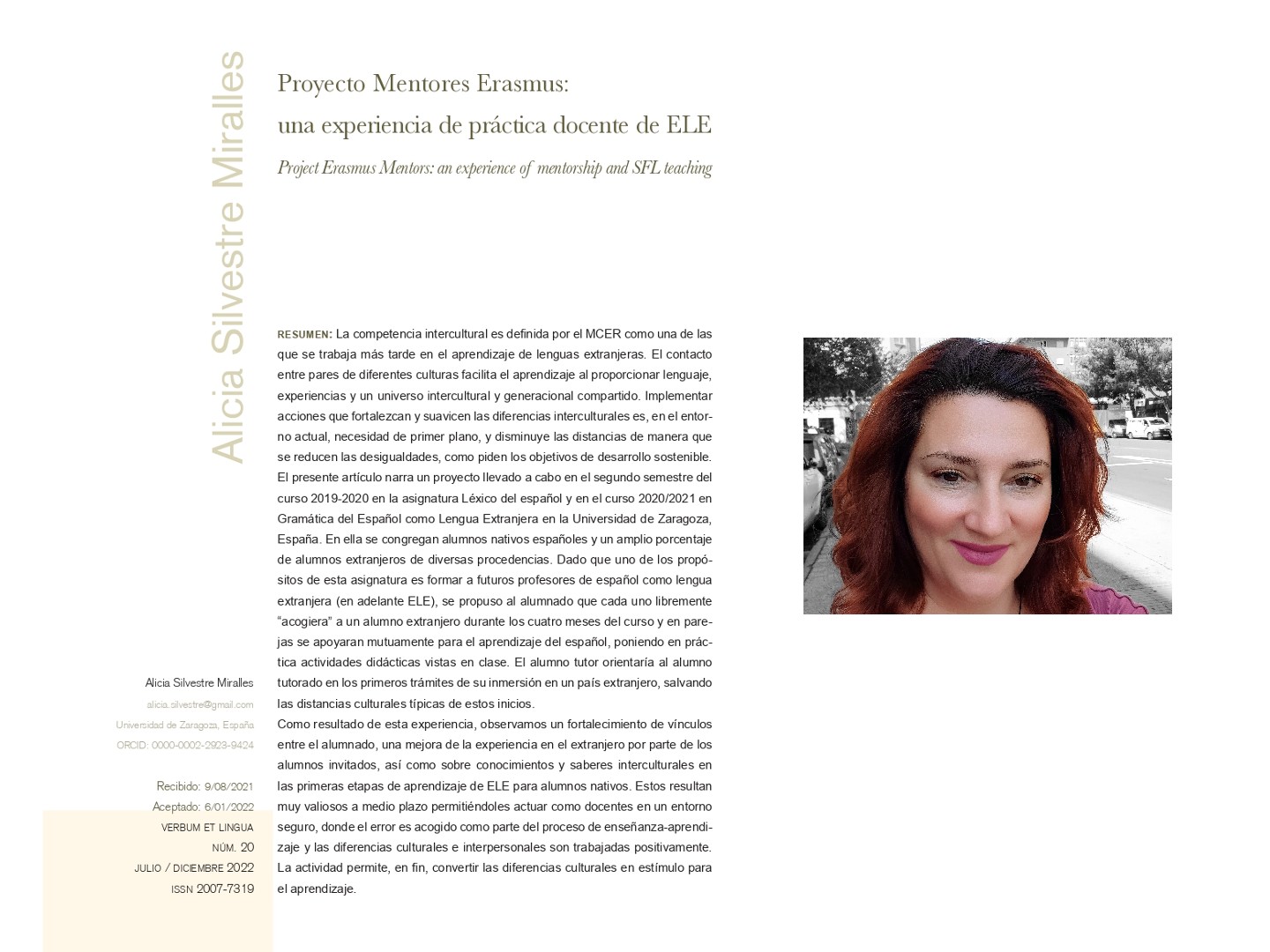
Downloads
Published
Versions
- 2024-08-30 (2)
- 2022-06-01 (1)






